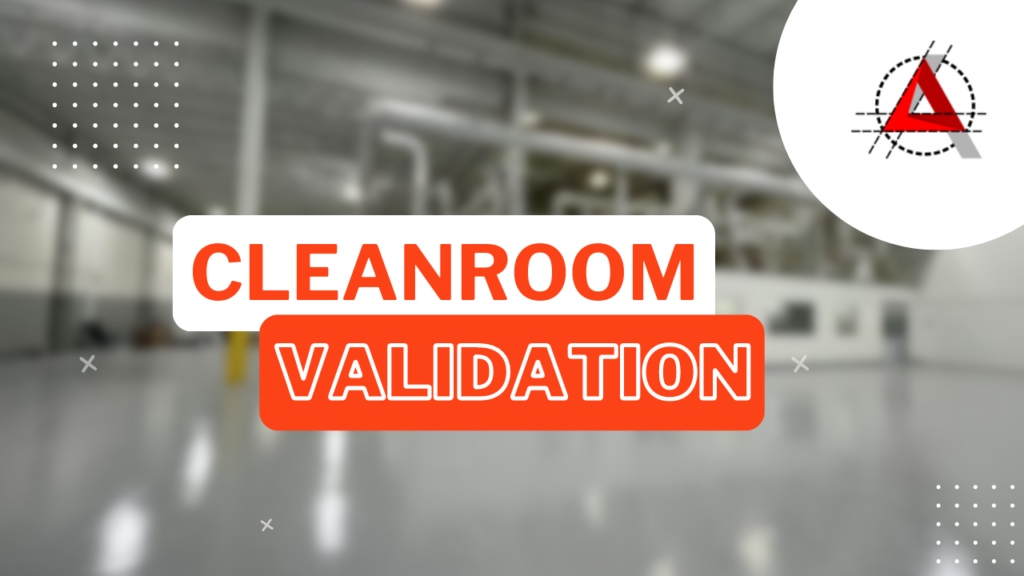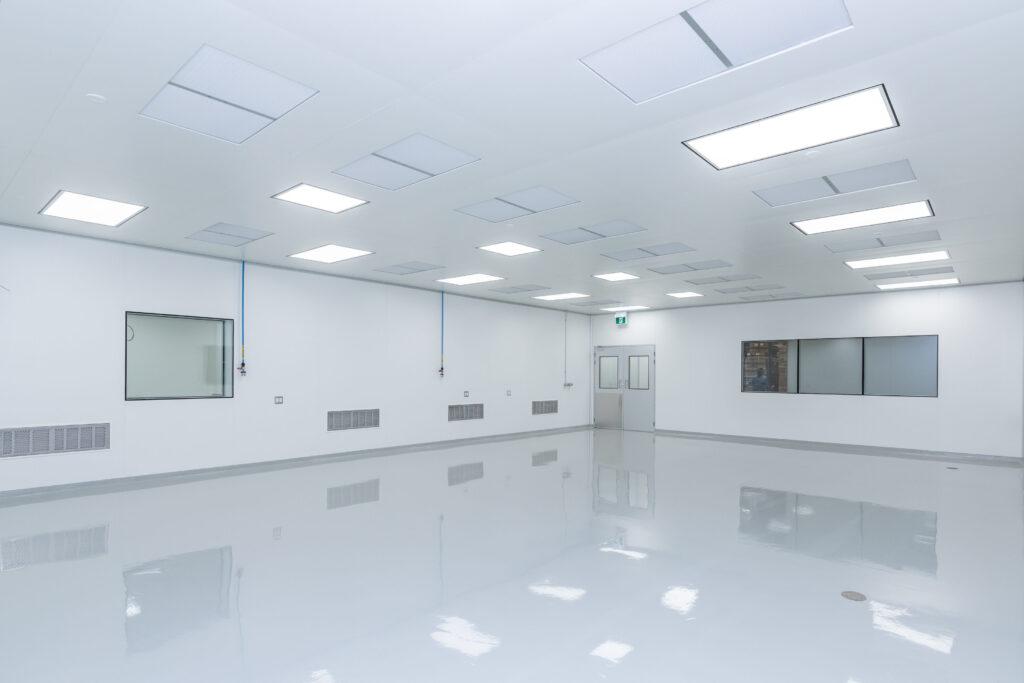Cleanroom Validation

In sectors including biotechnology, semiconductor production, and pharmaceuticals, cleanrooms are essential workspaces. They are made to keep pollutants, toxins, and particles at incredibly low levels. Ensuring that these surroundings fulfill strict hygiene requirements is crucial for the safety and quality of the products. Cleanroom validation is relevant in this situation. We will discuss the essential elements of cleanroom validation, their significance, and the steps in the validation procedure in this blog.
What is Cleanroom Validation?
A cleanroom’s ability to function within the designated cleanliness criteria is verified through a methodical process called cleanroom validation. This entails a number of tests and procedures to verify that the equipment, operations, and environmental conditions of the cleanroom continuously fulfill the necessary requirements. Validation is a continuous process that involves initial qualifying, regular monitoring, and requalification on a regular basis rather than a one-time occurrence.
The Importance of Cleanroom Validation:
The purpose of cleanroom validation is to confirm that the cleanroom environment satisfies all regulatory and legal criteria and is proper for the purpose for which it was designed. Specifically, cleanroom validation is conducted for the following reasons:
- Design Suitability: To ensure that the cleanroom serves the goal it was created for and is appropriately designed for the procedures and functions it will support.
- User Requirement Specifications (URS): To confirm that the environment, equipment, and facilities meet the unique requirements and demands of consumers and are working properly and efficiently.
- Regulatory Compliance: To guarantee that the cleanroom follows all applicable laws, rules, and regulations, including those established by the FDA, EMA, or ISO, as these are essential for industrial and legal compliance.
- Operational Effectiveness: To illustrate that, under usual conditions, the cleanroom and all its systems—such as the HVAC, filtration, and monitoring systems—run efficiently and accurately while upholding the necessary standard of cleanliness.
- System Integration: To guarantee that the environment, machinery, and cleanroom work together as a unit to keep the right degree of contamination control.
- Product Quality and Safety: To offer a regulated atmosphere that reduces the possibility of contamination, protecting the products’ quality and safety, especially in delicate sectors like biotechnology, electronics, and pharmaceuticals.
- Continuous Monitoring and Maintenance: To set up procedures for continuous environmental maintenance and checking to make sure the cleanroom stays validated and satisfies requirements over time.
Key Components of Cleanroom Validation:
- Installation Qualification (IQ): In this first stage, it is made sure that the cleanroom and all its equipment are precisely placed according to the design criteria. This includes inspecting HVAC systems, HEPA filters, and other important parts.
- Operational Qualification (OQ): At this stage, the cleanroom’s suitability for regular operation is evaluated. It has temperature and humidity information, a particle counter, and an airflow visualization tool.
- Performance Qualification (PQ): The last validation stage confirms that the cleanroom consistently functions within the necessary bounds throughout routine operations. This includes continuing environmental factor checking as well as occasional requalification.

Steps in the Cleanroom Validation Process
1. Define Validation Plan:
Make a thorough validation plan that describes the goals, aims, processes, acceptance criteria, and scope. This plan serves as a roadmap for the entire validation process.
2. Conduct Risk Assessment:
Examine any potential threats to patient safety and product quality that cleanroom operations may pose. Prioritizing validation activities and focusing on key areas becomes simpler as a result.
3. Execute Installation Qualification (IQ):
Make sure all the cleanroom equipment is in the proper place. This entails doing calibration and verification tests, examining paperwork, and examining equipment.
4. Execute Operational Qualification (OQ):
It is important to do tests to make sure the cleanroom works within the necessary bounds. This includes airflow tests, particle counts, and environmental monitoring.
5. Execute Performance Qualification (PQ):
Tests under actual production conditions should be conducted to ensure consistent cleanroom performance. Both this covers continuing observation and periodic requalification.
6. Documentation and Reporting:
Keep detailed records of all validation activities, including test results, deviations, and corrective actions. Compose a comprehensive validation report with recommendations and an analysis of the findings.

Common Challenges
Complexity of Validation Processes: Numerous tests and procedures engage in the complex and time-consuming cleanroom validation process. Thorough planning and documentation are needed to manage this complexity.
Stringent Regulatory Requirements: Adhering to regulatory requirements demands close diligence and a thorough understanding of the relevant regulations. Failure to comply may have dire consequences.
Maintaining Consistency: Over time, keeping consistent cleanroom performance can be challenging. Requalification, routine maintenance, and monitoring are needed to sustain validation.
An essential procedure for guaranteeing the effectiveness and integrity of cleanrooms across a range of sectors is cleanroom validation. Organizations can ensure regulatory compliance, superior product quality, and patient safety by employing a methodical approach to validation. Effective cleanroom validation is crucial for the prosperity and standing of any company that uses controlled conditions, despite its difficulties.
Take the next step in ensuring excellence and safety in your cleanroom operations. Cleanroom validation is not just about meeting regulatory requirements—it is about committing to the highest standards of quality and safeguarding your products and customers. Do not leave your cleanroom performance to chance. Engage with industry experts, implement thorough validation processes, and stay initiative-taking in maintaining compliance. Contact us to discover how our expert services can help you achieve and keep the highest standards of cleanroom performance.
GET IN TOUCH
Complete the form below to get in touch with our team.
